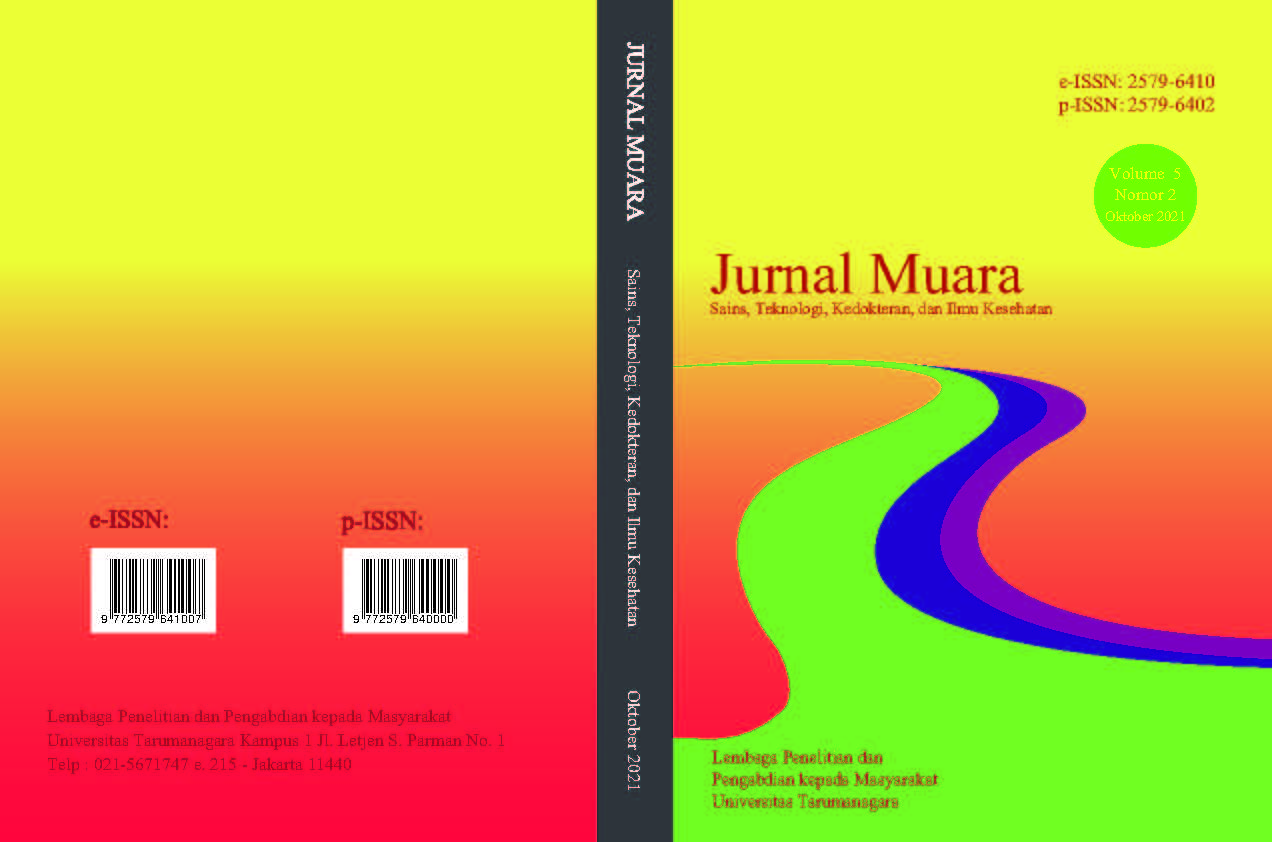ANALISA AKAR MASALAH RADIAL RUN OUT BAN MENGGUNAKAN DECISION TREE
Main Article Content
Abstract
Problem solving in the multistage production process is a challenge for the industry. The use of modern techniques such as machine learning in solving quality problems continues to be developed. One of the machine learning is decision tree. The tire industry entered the era of industrial revolution 4.0 with the use of information technology. Utilizing data using machine learning in finding the root cause of the problem can support the tire industry in industrial competition. This study aims to explore the process data in the tire industry to solve one of the tire quality problems, namely radial run-out tires. The technique of finding the root of the problem in this research is done using Classification and Regression Tree (CART) technique. Input variables involve 60 factors in the production process. From the research, it was found that the factors that influence the radial run out value are the lot of the Tread, Bead and Sidewall components. The factors causing the high radial run-out of the tires are the variations in the lot of the tire components Tread and Bead. The decision tree model that was formed has a precision level of 74.7% in detecting high radial run-out events. The effects of improvement on the lot tread and bead components resulting from the decision tree can reduce the defect of radial run out rate by 99.9%.
Keywords: Decision tree; Root cause analysis; Radial run-out Tire; Data mining
Abstrak
Pemecahan masalah pada proses produksi multistage merupakan tantangan untuk indusri. Pemanfaatan teknik modern seperti machine learning dalam pemecahan masalah kualitas terus dikembangkan. Salah satu machine learning adalah decision tree. Industri ban memasuki era industri revolusi 4.0 dengan adanya pemakaian teknologi informasi seperti barcode atau radio frequency identification. Pemanfaataan data dengan menggunakan machine learning dalam pencarian akar masalah bisa mendukung industri ban dalam kompetisi industri. Penelitian ini bertujuan untuk mengekplorasi data proses pada industri ban untuk memecahkan permasalahan kualitas ban yaitu radial run-out ban. Teknik pencarian akar masalah dilakukan menggunakan Clasification and Regression Tree (CART). Variabel input melibatkan 60 faktor dalam proses produksi. Dari penelitian didapatkan faktor yang mempengaruhi nilai radial run out adalah lot komponen Tread, Bead dan Sidewall. Untuk faktor penyebab tingginya radial run-out ban adalah variasi lot komponen Tread dan Bead. Model decision tree yang terbentuk memiliki tingkat presisi 74,7% dalam mendeteksi kejadian radial run-out berkategori tinggi. Efek perbaikan pada komponen lot Tread dan Bead yang dihasilkan dari decision tree dapat menurunkan tingkat defect radial run- out ban sebesar 99,9%.
Article Details
This work is licensed under a Jurnal Muara Sains, Teknologi, Kedokteran dan Ilmu Kesehatan Creative Commons Attribution-ShareAlike 4.0 International License.
Authors transfer copyright or assign exclusive rights to the publisher (including commercial rights)
References
Arif, F., Suryana, N., & Hussin, B. (2013). A data mining approach for developing quality prediction model in multi-stage manufacturing. International Journal of Computer Applications, 69(22), 35–40.
Biantoro, B., Trimarjoko, A., Purwanto, C., & Rimawan, E. (2019). Case Study : Acceptance Analysis for New Tire Building Machine Technology using Overall Equipment Effectiveness Methodology. International Journal of Innovative Science and Research Technology, 4(1).
Chandrasekaran, M., Sonawane, P. R., Arulmozhi, P., & Sriramya, P. (2020). Prediction of Gear Pitting Defect by Using Decision Tree Classifier Machine Learning Algorithm. Journal of Critical Reviews, 7(9), 159–162.
Chokka, A., & Rani, K. S. (2019). PCA based regression decision tree classification for somatic mutations. International Journal of Engineering and Advanced Technology, 8(6 Special Issue 3), 1095–1102. https://doi.org/10.35940/ijeat.F1181.0986S319
Darayi, M., Eskandari, H., & Geiger, C. D. (2013). Using Simulation-Based Optimization to Improve Performance At a Tire Manufacturing Company. QScience Connect, 13.
Gao, Y., Yang, D., & Ning, W. (2010). Research on Manufacturing Process Traceability in Tire Enterprise. Applied Mechanic and Material, 47(December), 485–488. https://doi.org/10.4028/www.scientific.net/AMM.44-47.485
Hadi, H. A., Purba, H. H., Indarto, K. S., Gomgom, R., Simarmata, P., & Putra, G. P. (2017). The implementation of quality function deployment (QFD) in tire industry. ComTech, 8(4), 223–228.
Jiang, C., Liu, Y., Ding, Y., Liang, K., & Duan, R. (2017). Capturing helpful reviews from social media for product quality improvement : a multi-class classification approach. International Journal of Production Research, 7543(March), 0. https://doi.org/10.1080/00207543.2017.1304664
Jiang, P., Jia, F., Wang, Y., & Zheng, M. (2014). Real-time quality monitoring and predicting model based on error propagation networks for multistage machining processes. Journal of Intelligent Manufacturing, 25(3), 521–538. https://doi.org/10.1007/s10845-012-0703-0
Kenny, T. M. (1989). Quantifying Tire, Rim and Vehicle Effect on Ride Quality. In International Congress and Exposition (pp. 1–9). Detroit, Michigan, USA: SAE.
Mellisa, I. (2019). Building Data Mining Decision Tree Model for Predicting Employee Performance. Journal of Applied Information Communication and Technology, 6(2), 75–86. https://doi.org/10.33555/ejaict.v6i2.79
Mueller, T., Greipel, J., Weber, T., & Schmitt, R. H. (2018). Automated Root Cause Analysis of Non-conformities with Machine Learning Algorithms. Journal of Machine Engineering, 18(4), 60–72.
Seema, Rathi, M., & Mamta. (2012). Decision Tree: Data Mining Techniques. International Journal of Latest Trends in Engineering and Technology (IJLTET), 1(3), 150–155.
Song, Y., & Lu, Y. (2015). Decision tree methods : applications for classification and prediction. Shanghai Arch Psychiatry, 27(2), 130–135.
Wuest, T., Irgens, C., & Thoben, K. D. (2014). An approach to monitoring quality in manufacturing using supervised machine learning on product state data. Journal of Intelligent Manufacturing, 25(5), 1167–1180.



